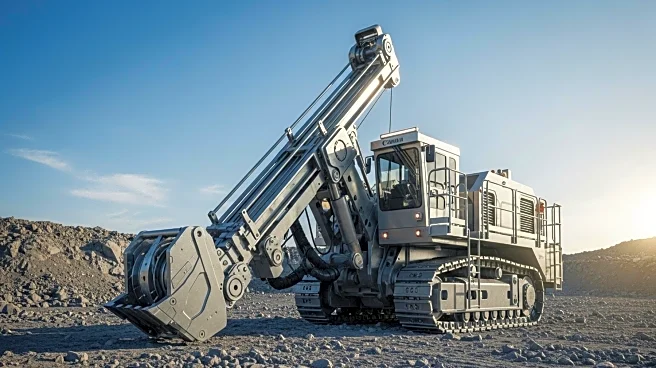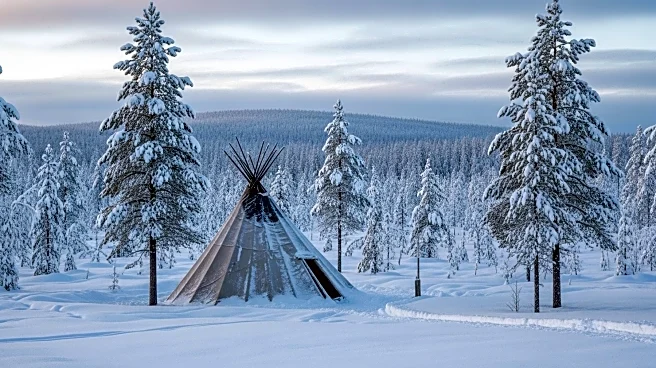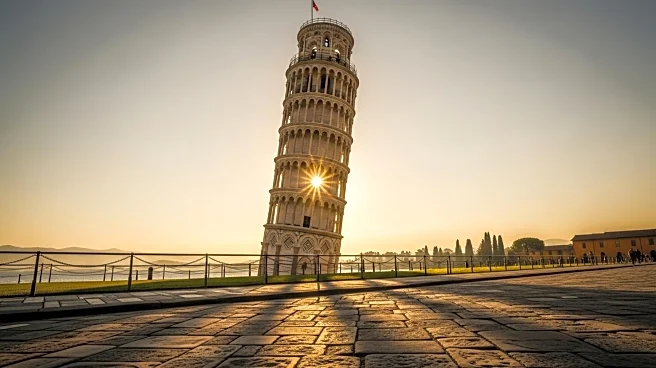What is the story about?
What's Happening?
Lapland, Finland's northernmost region, is experiencing significant environmental changes due to expanding tourism. Since 2018, tourism developments have consumed over 430,000 square meters of natural landscape, including ski resorts and holiday homes. The Utsjoki Arctic Resort was built in an area of national significance, raising concerns among indigenous Sámi communities who rely on the land for reindeer herding. The rapid expansion of tourism is causing ecological damage and threatening the cultural heritage of the Sámi people.
Why It's Important?
The expansion of tourism in Lapland highlights the tension between economic growth and environmental preservation. The developments are contributing to biodiversity loss and cultural disruption, particularly affecting the indigenous Sámi communities. This situation underscores the need for sustainable tourism practices that balance economic benefits with ecological and cultural preservation. The impact on housing prices and the potential for increased business vitality are also significant considerations for regional policymakers.
What's Next?
The regional council of Lapland is developing a new tourism strategy for 2026 that will consider climate change and biodiversity. This strategy aims to grow tourist centers to attract more business while addressing the housing shortage. Environmentalists and cultural activists are likely to continue advocating for the protection of Lapland's fragile ecosystem and cultural heritage. The ongoing dialogue between local authorities and indigenous communities will be crucial in shaping future developments.
Beyond the Headlines
The situation in Lapland reflects broader global challenges in managing tourism and environmental sustainability. The need for agreements that protect indigenous practices and natural landscapes is increasingly urgent. The case of Lapland may serve as a model for other regions facing similar pressures, emphasizing the importance of integrating cultural and ecological considerations into economic planning.
AI Generated Content
Do you find this article useful?















